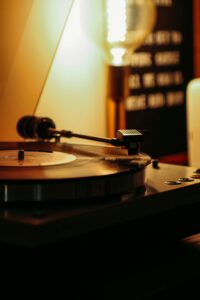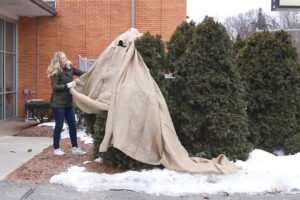Highlights
Softwood, hardwood, fruit wood, so many different types of wood, which do you choose to burn? Each type of wood offers different benefits that need to be weighed against the cost of the wood. Hardwood will burn hotter and longer but cost more than easily available pine.
Are you burning indoors or outside? You may want to consider how much smoke is being released by the wood that you choose. Pine creates more smoke and creosote than Oak.
Hardwood comes from deciduous trees, like oak, maple, and walnut, which lose their leaves annually. It has a denser structure and more complex grain patterns due to its slower growth rates. This makes hardwood generally more durable and robust, ideal for high-quality furniture, flooring, and construction.
Softwood, on the other hand, comes from coniferous trees such as pine, fir, and spruce, which have needles and cones. Softwood typically has a less dense structure and simpler grain patterns. While hardwood is favored for its durability and strength, softwood is often easier to work with and more readily available.
Both types of wood have their own benefits, and understanding these can help firewood sellers cater to different customer needs.
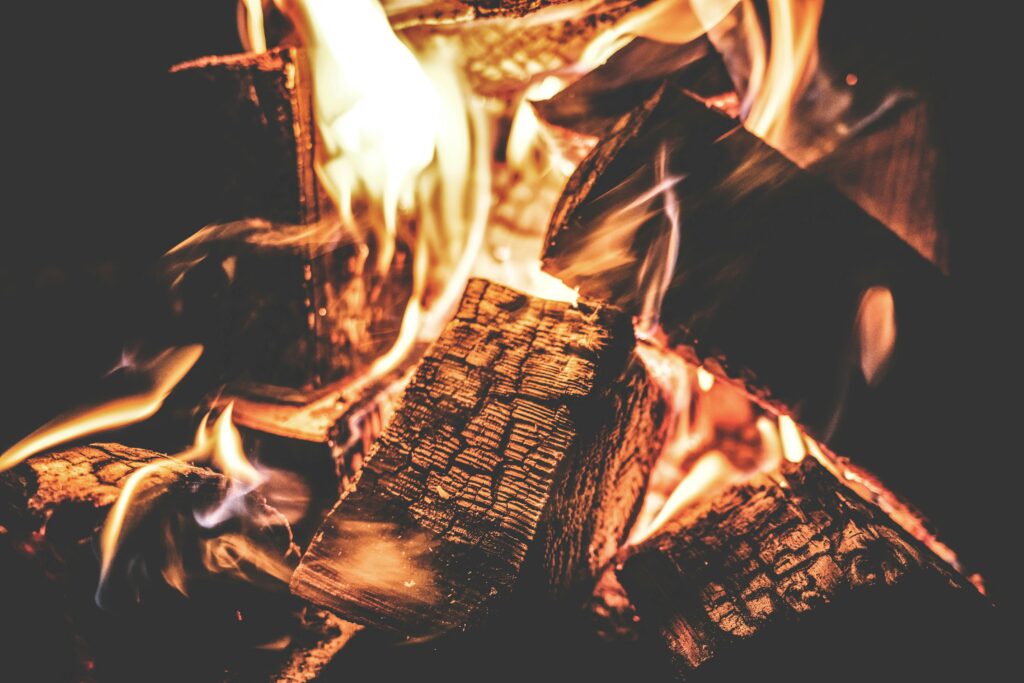
Exploring Wood Types
Hardwood
Hardwood trees are long-lasting, strong, and aren’t as renewable as Softwood trees. The most common hardwood tree is Oak, at 52 percent, according to the American Hardwood Information Center. They are slower growers and are commonly used in flooring, building, and decking.
Due to their sturdiness and slower rate of growth, hardwood trees tend to cost more per chord but can be worthwhile in the long run as they burn longer and stronger.
The 6 most common types of Hardwood Trees in North America are Oak, Maple, Hickory, Birch, Beech, and Cherry. The majority of trees drop their leaves at the end of the season and can be a great addition for your home compost pile.
Burning Properties
Even though hardwood is more efficient at burning, they can be more difficult to ignite from cold. Which makes it a better wood if burning inside your home as opposed to an outdoor fire in wintertime.
Depending on the type of wood, some have low smoke output while others can produce more smoke than most people like if burning in their homes, see below for a list of hardwoods and their burning properties!
Complete list of Hardwood
Ash
Great firewood option. High heat output, good flame, and burns slowly. Low moisture content when green, but best burned when seasoned.
Aspen
Medium-Low firewood option. Produces less heat than Oak. Can be easy to split as the grain is often straight
Beech
High quality firewood. However, it needs to be seasoned for up to 3 years due to high water content.
Birch
High quality firewood. Often considered one of the best firewood options, it is ideal for indoor or outdoor fires. Low smoke, burns hot and slow, with no popping. Nice smell.
Black Cherry
Medium quality firewood. Burns with medium heat and medium duration. Not as long or hot as birch or oak. People typically love the smell and some say it drys like pine and burns like oak
Black Walnut
A better option for lumber for building rather than for firewood. Long burn profile with lower heat output. Due to the colour, more people like using it for floor or wood projects at home than for firewood.
Butternut
Commonly considered a very poor firewood. Fast burn profile with low heat output
Chestnut
Chestnut wood is affordable and easy to split, but it doesn’t burn as hot as other types of wood. It tends to produce more sparks and heavy smoke, making it better suited for outdoor fireplaces, although it can be used indoors if needed.
Cottonwood
Commonly considered a lower quality firewood however can be abundant in areas which makes it a good option for a cheap and easy to split firewood option.
Dogwood
Great firewood! Commonly found in BC as a small tree, it burns hot with minimal creosote and smoke. Due to being a small tree it’s more effort to process.
Hickory
Great firewood with a high heat profile and long lasting fires. Hickory trees can be found in the Eastern side of North America in southern Ontario and Quebec, down to Georgia, Alabama & Texas.
Maple
Not very common in North America. It burns slower than Oak but not quite as hot
Oak
Generally considered the perfect firewood for home burning! Strong heat output with a nice slow burn. Oak trees are bountiful throughout Canada & North America.
Poplar
Poplar can make a good early or late season firewood when the temperatures are moderate. It’s also a good wood to mix in with other higher quality hardwoods (like ash or oak). Poplar works well for starting fires or simply using it for a fire in your backyard or while camping.
Red Alder
A hardwood that commonly gets mistaken for a softwood due to the low density. It has a lower heat output with decent smoke. The Red Alder tree is commonly found in BC, Canada, and all down the Western coast.
Red Oak
Like Oak, Red Oak is a premium wood for firewood. Great heat output with long lasting fires. Red Oak are very common around the Great Lakes in Canada and US.
Rosewood
Commonly used in woodworking due to the long profile of the tree. Medium quality firewood.
Sycamore
A solid firewood choice as it seasons quickly, burns well with a solid heat output.
Teak
Teak can burn very hot once the fire gets going. Keep in mind that the sawdust is listed as an irritant.
Willow
Technically a hardwood but burns like a softwood. It burns well with a decent heat output.
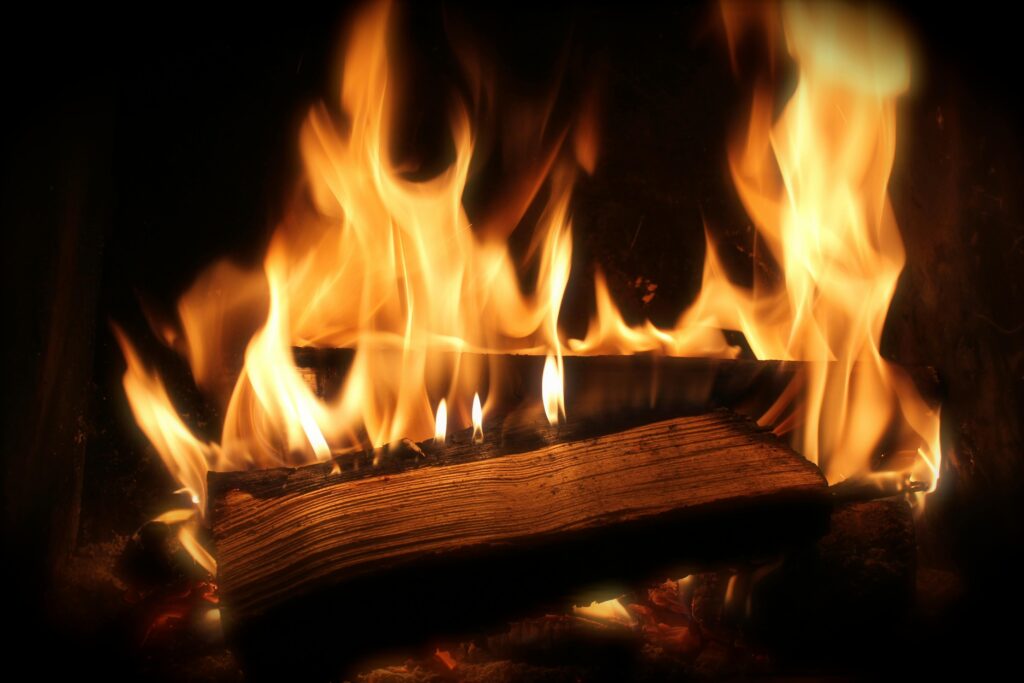
Softwood
Softwood are often a light wood with a lower density. They commonly come from trees with needle-like or scale-like leaves, such as conifers. Softwood can be great for furniture and paper. With their straight grain and uniform texture, they can be very easy to work with.
Most common types of softwood for firewood are pine, fir, cedar, and spruce. These trees are native to North America and are plentiful throughout Canada and US.
Some of the most commonly used trees for paper making include softwoods such as spruce, pine, fir, larch and hemlock.
Despite its name, softwood is not necessarily softer than hardwood; the term instead relates to the botanical classification of the trees.
Most firewood suppliers offer cheaper softwood such as pine for their customers that are more price conscious.
Burning Properties
Softwoods are typically quick to ignite and burn fast with hot fires. They can be the preferred wood for kindling to start a fire or as a cheaper wood alternative when margins are thin. This can be a great firewood option for firewood suppliers when sold at stores or gas stations as typically the customer focuses more on price and number of logs in a firewood bundle.
Complete List of Softwood
Pine
Pine is one of the most common woods used by firewood suppliers. Due to its abundance of supply it is a cheap firewood that helps suppliers with their margins. However it burns quick and not very hot. Pine can be a great kindling option as it is easy to light.
Spruce
Similar to Pine, Spruce is easy to light and burns quick. It does not send off sparks which make it a nice indoor or outdoor wood option.
Fir
Specifically Douglas Fir is one of the most common and best softwoods to burn. It produces a moderate amount of heat and is easy to light. It is considered a premium softwood with it’s quality burning characteristics. With a MBTU/chord of 17.4, it burns hotter than Elm. But keep the moisture content below 25%!
Cedar
Cedar is extremely expensive especially with the recent surge of home saunas being built using Cedar. It burns very fast and produces a lot of smoke. If you plan on selling cedar, it’s best burnt in outdoor campfires.
Larch
Similar to Douglas Fir, Larch is a premium softwood for fires. It provides a long hot burn with low smoke output and minimal popping and crackling. The smell is also great!
Redwood
Redwood is an easy wood to split, making it a great option for firewood suppliers who split by hand rather than with a wood processor. However from a burning perspective it’s not a great firewood. More commonly used for kindling. Keep moisture content below 20%.
Cypress
Some people love Cypress wood as it can be enjoyable, some dislike it due to it’s ability to absorb moisture too easily making it difficult to season.
Hemlock
A decent mid option of firewood. Hemlock burns hot but fast. It does crackle and pop which is nice as a campfire or for indoor use around Christmas time.
Yew
Yew is a premium softwood with a slow burn, high heat output, and an enjoyable smell. If you have an abundant source of yew, consider selling it for a premium in your area!
Fruit Wood
Fruit wood is a type of wood made up of hardwood and softwood trees. People tend to love fruit wood based trees for the notable aroma that they give off when being burnt. If you have a wood fire sauna, fruit wood would help take your experience to the next level.
Fruit woods are also very common for smoking. More and more people are moving away from traditional barbecues towards smokers. Making fruit woods like Apple to be increased in demand.
Other common fruit woods for smoking are Mulberry and Cherry.
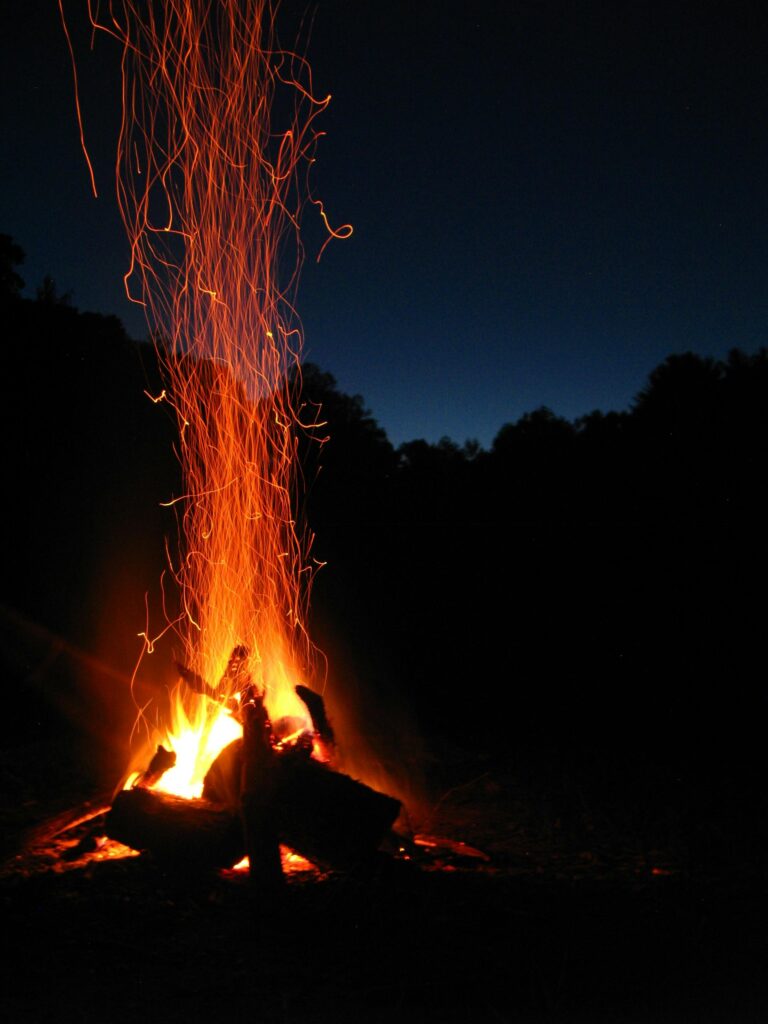
Conclusion
When considering firewood for indoor versus outdoor use, it’s crucial to understand the differences between hardwoods and softwoods and their respective burning properties. Hardwoods, such as oak, maple, and walnut, are denser, burn hotter, and last longer, making them ideal for indoor fires where sustained heat and minimal smoke are desired. However, they can be harder to ignite and more expensive.
Softwoods, like pine, fir, and spruce, ignite quickly and burn fast, which makes them suitable for outdoor fires or kindling to start a fire. However, they tend to produce more smoke and creosote, which can be problematic indoors. Pine, for instance, releases significant smoke and creosote, potentially impacting indoor air quality and chimney cleanliness.
For firewood suppliers, understanding these distinctions helps cater to customer needs effectively. Hardwood is recommended for indoor use due to its clean, long-lasting burn, while softwood is better suited for outdoor fires or as a cost-effective option for kindling. Additionally, the smoke and aroma produced by certain woods, like fruitwoods used in smoking or barbecuing, can enhance the user experience, making them a valuable offering for specific markets.



